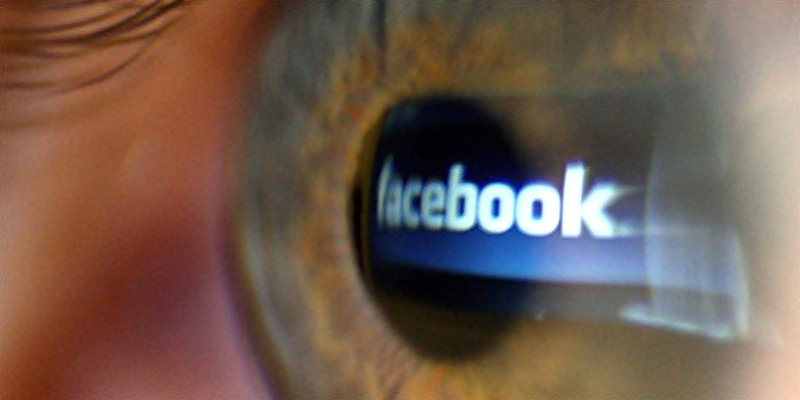Teachers in Scotland are being warned of the risks of using social networking sites.
The SSTA union, which represents 9,000 secondary school teachers, wants them to take care when using the likes of Facebook, Twitter and YouTube.
It is worried that its members might have inappropriate contact with children or make comments about pupils, colleagues or their employer that could get them into trouble.
Last month a teacher was struck off by the General Teaching Council for Scotland because of the content of emails he exchanged with a pupil and another was reprimanded over personal material he placed on a website.
SSTA general secretary Anne Ballinger said: ”It is clear that many young people deliberately attempt to access the sites relating to their teachers. The SSTA urges members never to permit any form of contact with their pupils via any social networking site.
”There are, in fact, good reasons why no teacher should ever make any form of public pronouncement on any issue given the possibility of misunderstanding and most obviously social networking sites are the most common source of problems.”
Ms Ballinger said the union is also concerned about identity theft.
”There have been occasions where the information supplied by teachers on social networking sites has been used by malicious individuals to create fictitious accounts in the name of teachers. The consequences of such problems can be almost insurmountable and teachers must be aware of this abuse of the media.
”It must be kept in mind that the GTCS oversees all aspects of teachers’ behaviour and teachers may be removed from the register and hence be unable to teach if found guilty of an offence which the disciplinary panel believes shows behaviour below the standard expected of a teacher.”
The GTCS has just launched a guide for the use of social media by teachers (PDF link). The guide warns that the boundary between teachers and pupils can become blurred.
”Teachers therefore need to be alert to the risk that actions which might, on the face of it, seem quite innocent can be misunderstood and misconstrued by others,” it states.
Photo Dominic Lipinski/PA Wire
